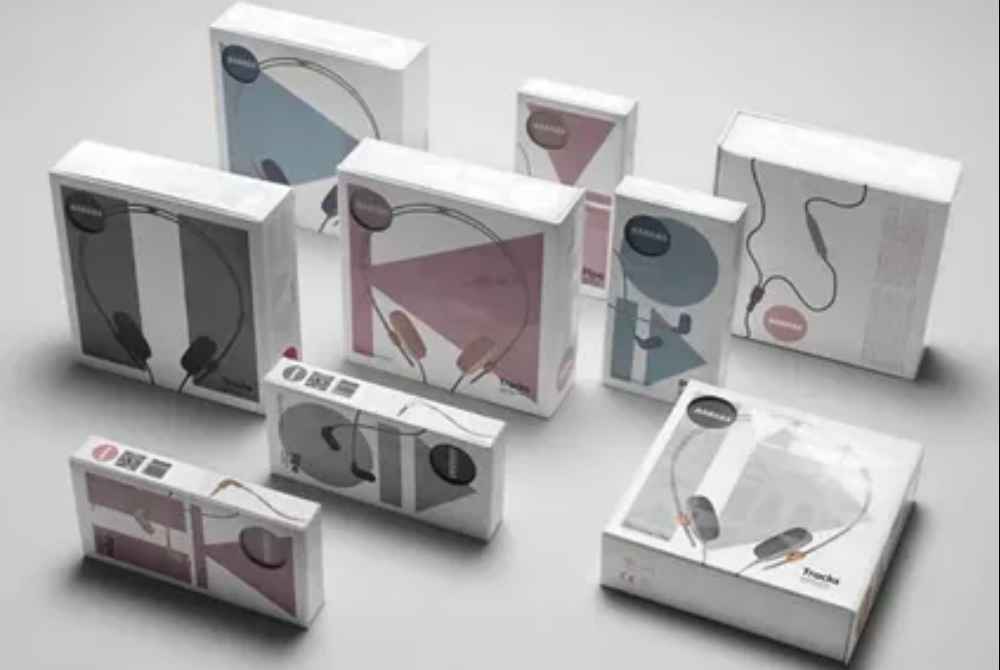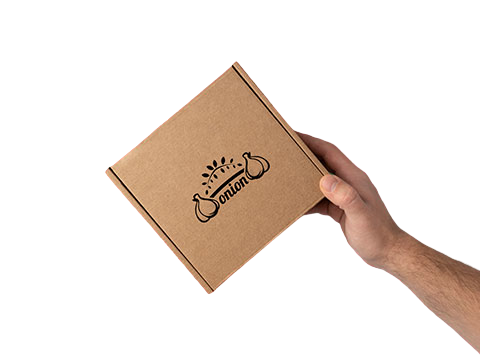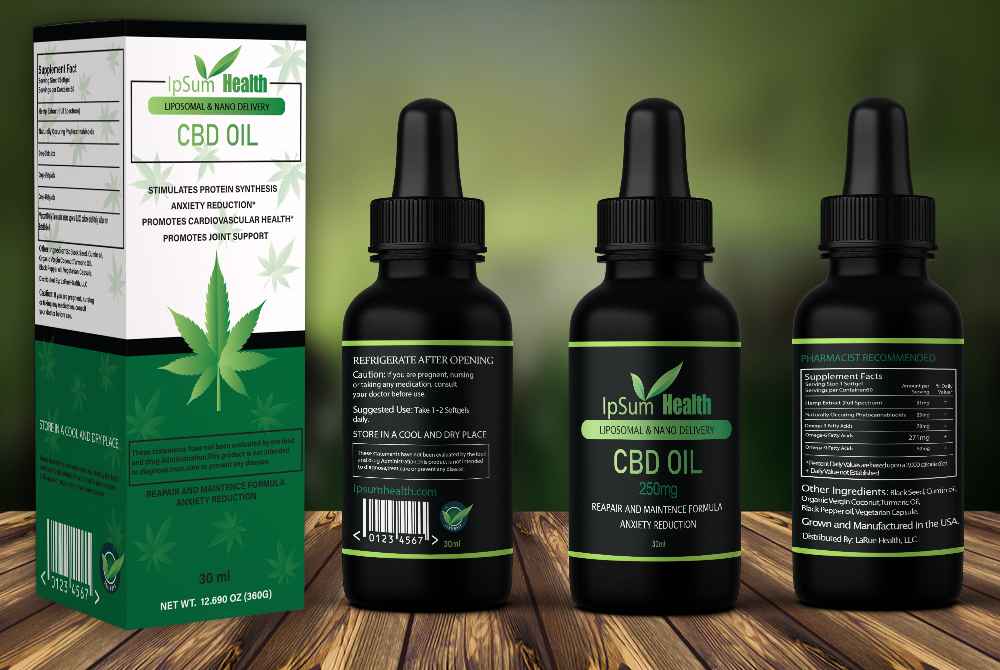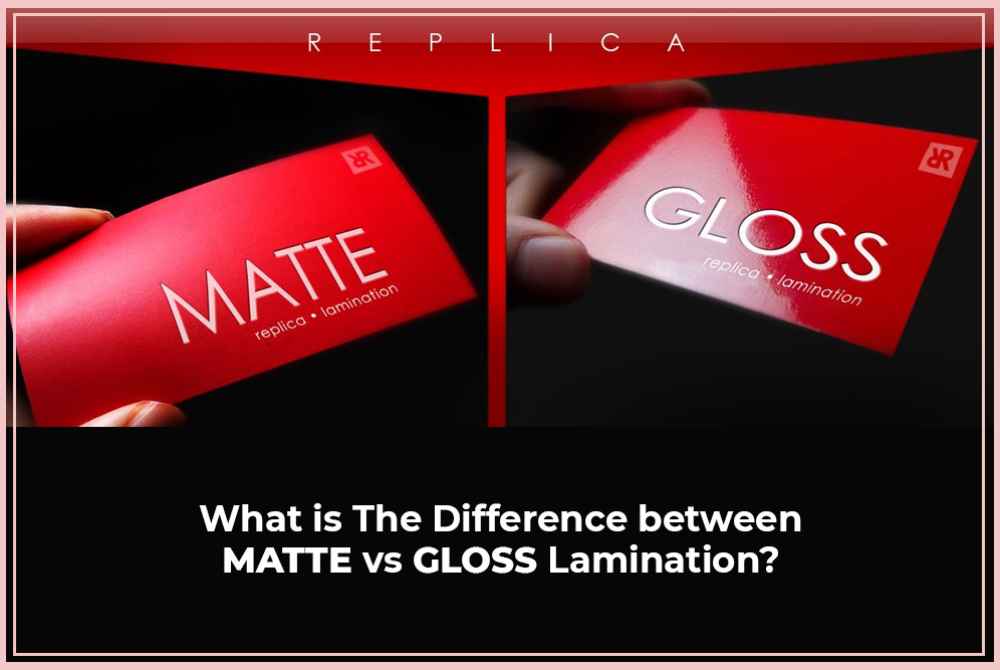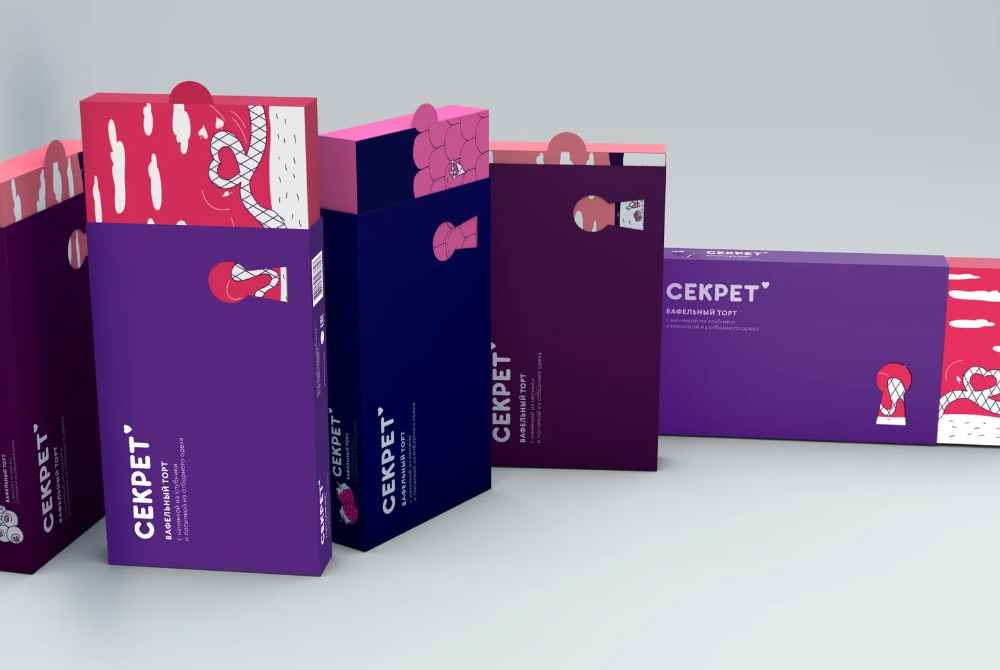Regardless of the industry, packaging plays a major role in brand perception, purchasing decisions, and product safety today.
Packaging History
Clay, animal hides, and leaves were some of the materials of natural origin utilized for housing and protecting products during packaging history. Packaging turned into cutting-edge options to store and carry products such as cardboard boxes, metal cans, and glass jars during the 19th-century Industrial Revolution. Modern packaging has the addition of contemporary materials and technology over time.
Packaging Is Vital
Giving Protection
A wholesale rigid box custom prevents products from tampering, contamination, or damage. It may be an electronic box, a food box, or a glass bottle for safe transportation.
Preserving
The best packaging methods always use tamper-evident seals, which protect products from light, moisture, and air to preserve freshness and overall quality.
Easy Access
With varying packaging choices, including single-serve packets and resalable bags, items can be arranged most conveniently, making accessing them simple and providing superb customer service.
Branding and Marketing Products
Your brand and product packaging is a basic touch point for potential customers and can be used to boost your brand identity. Branded packaging differentiates your brand from others in a competitive marketplace. Packaging and promotion have been blended to increase your brand visibility.
Description
It is worth providing customers with product information at the time of purchase. It may involve expiration dates, how to use the product, nutritional facts, and ingredients. For instance, you may view four gorgeous soap packaging concepts to effectively communicate varied details to the customers and dominate the shelves in retail outlets.
Packaging Types
Primary packaging for foods, beverages, and candles can be wrappers, cans, or bottles. It is also the initial point of contact for the consumer and the product.
Secondary packaging, where primary packages are contained, is called secondary packaging. Trays and boxes, for instance, can contain several blisters of pills or carton boxes with several soda bottles for the best product organization.
In tertiary packaging, products are stored and stabilized in shipping containers, pallets, and crates to facilitate bulk shipping and handling.
Packaging Materials
Boxes and Papers
Cardboard and paper are widely used in packaging due to their light weight, flexibility, and the fact that they can be used for many different applications.
Polymers
When possible, use bioplastics or recycled plastics to ensure that sustainability targets are achieved. Plastic is an ideal packaging material due to its flexibility, cost-effectiveness, and durability.
The Glass
Using Glass to design premium product packaging like cosmetics, foods, and drinks makes the products appear premium. Glass is the best material for packaging cosmetics, food, and beverages.
Metallic Materials
Steel and aluminum are used in packaging manufacture to make foils, aerosols, and canned foods. The metals offer safety and strength to cans and foils for product protection.
Sustainability and Biodegradability
Kraft boxes are manufactured using recycled content and plant-based plastic to reduce packaging costs and environmental impact.
Use of Packaging across Various Industries
It may be employed across numerous industries to protect items during storage and transport as it is distinct, long-lasting, and environmentally friendly.
Beverages and food
Medicines
Home appliances and electronics
Skincare and cosmetics products
Consumer products
E-commerce and retail
Importance of packaging for sellers
Packaging consumer goods is perfect for keeping products organized during the handling and transportation stages of the distribution process.
In warehouses, strong packaging keeps products safe.
Your product packaging design integrates marketing materials to make your product stand out on shelves.
To make the experience of retailers and customers better, keep products protected from damage or contamination.
Buyer's View on Packaging
Customers can recognize the brands and products by showing unique labels and logos on the packaging.
Easy-to-use packaging enhances customer satisfaction.
For product security, commerce packaging has tamper-evident elements.
Packaging Functions
Send your product in pristine condition with protective packaging.
Communication provides vital information regarding the product, including its ingredients and usage guidelines.
Your products' packaging can leave a good impression on your customers in a competitive market.
How Packaging Evolved
In the early days, products were packaged in natural materials like shells, leaves, and animal skin. Standardized packaging resulted from the mass production of glass bottles and metal cans.
Temperature-sensitive materials and QR codes are gaining popularity as options for differentiation in the packaging industry.
Looking At Packaging Trends
Packaging companies are incorporating the newest technology to address customers' environmental concerns and ensure they present accurate temperature and freshness information in real-time.
Companies can develop personalized packaging with limited-release designs and customized labels to enhance customer experience.
Packaging Design and Development
With Luxury Custom Boxes, you can learn the word's meaning and develop effective product packaging. Get a quote by contacting us.


